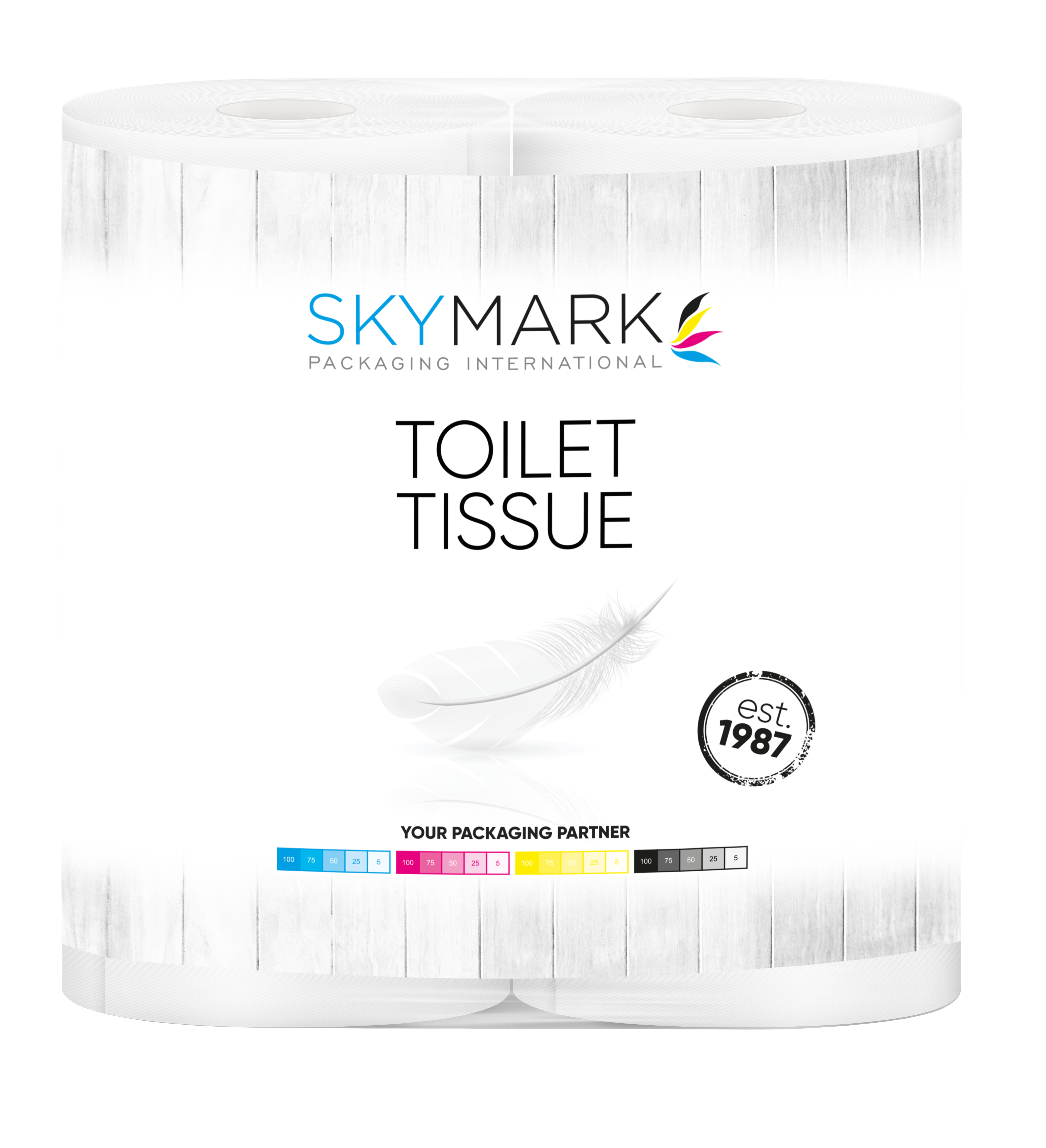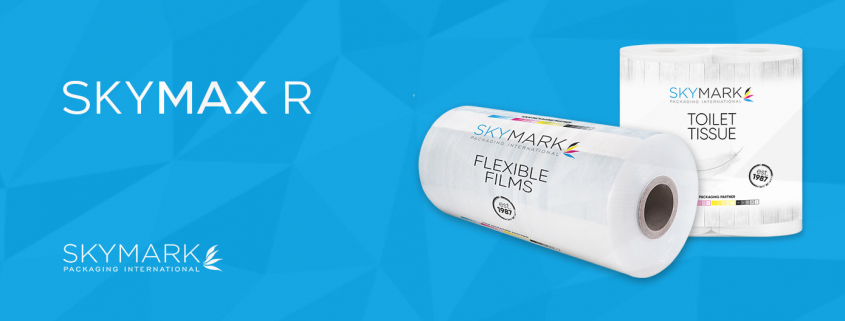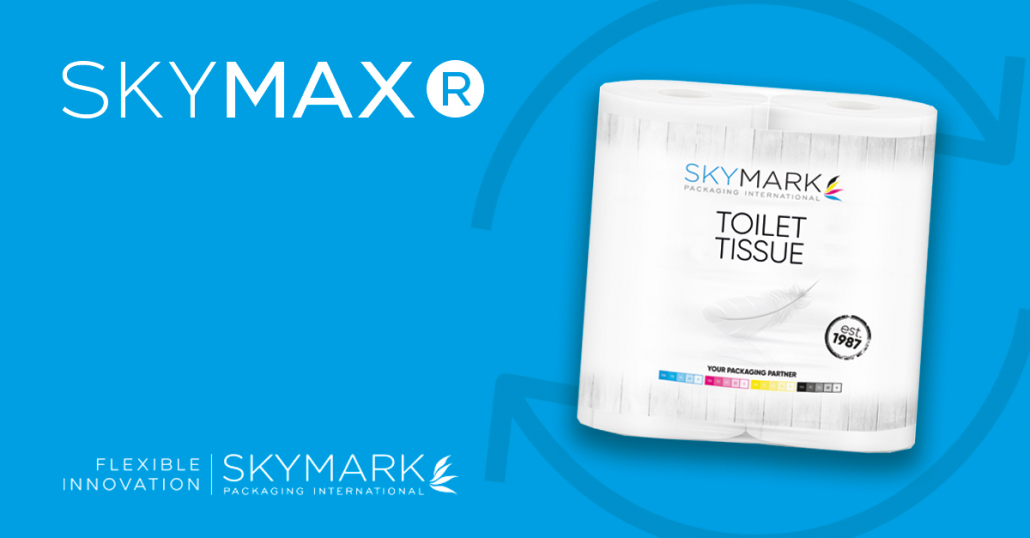Toilet tissue is a staple in every bathroom, but have you ever stopped to think about the packaging that holds it? While it may seem like a simple and unimportant aspect of our daily lives, the packaging of toilet tissue plays a vital role in protecting the product and ensuring its quality and usability. In this blog post, we will explore the various types of toilet tissue packaging and the factors that need to be considered when choosing packaging materials and formats.
Types of Toilet Tissue Packaging:

Toilet tissue is typically packaged in cardboard boxes, plastic bags, or plastic film. Plastic bags and plastic film are also commonly used for toilet tissue packaging, and they can provide added protection against moisture and other environmental factors.
Factors to Consider When Choosing Toilet Tissue Packaging:
There are several factors to consider when choosing packaging for toilet tissue, including the material, size, and weight of the packaging, as well as the intended use and storage conditions. For example, if the toilet tissue will be stored in a damp or humid environment, it is important to choose a packaging material that is moisture-resistant and can protect the product from moisture damage.
In addition to the physical properties of the packaging, it is also important to consider the user experience. Packaging that is easy to open and dispense can make the product more convenient and user-friendly, while packaging that is difficult to open or use can be frustrating for consumers. our SKYMAX with Laser score easy open is a great example of how we put consumer experience as the drive for innovation.
Sustainability and Environmental Impact:
The environmental impact of toilet tissue packaging is an important consideration, as packaging materials can contribute to waste and pollution. Choosing packaging materials that are recycled, biodegradable, or compostable can help to reduce the environmental impact of toilet tissue packaging and promote sustainability.
One way to reduce the environmental impact of toilet tissue packaging is by using recycled materials such as SKYMAX R 30 and SKYMAX R 50 in the packaging process. Recycled materials are materials that have been used before and have been recovered or collected for reuse. Using recycled materials in packaging can help to reduce the demand for virgin materials, which are materials that have not been used before and are taken directly from the earth.
There are several benefits to using recycled materials in toilet tissue packaging. One benefit is that it helps to conserve natural resources, such as trees, oil, and water, which are used to produce new materials. Using recycled materials can also reduce greenhouse gas emissions, as the production of new materials often requires more energy and resources than the production of recycled materials.
Using recycled materials in toilet tissue packaging is a simple and effective way to reduce the environmental impact of packaging and promote sustainability. By choosing packaging materials made from recycled content, consumers can help to conserve natural resources, reduce greenhouse gas emissions, and reduce waste.
Conclusions:
In conclusion, the packaging of toilet tissue plays a vital role in protecting the product and ensuring its quality and usability. Choosing the right packaging material and format can help to preserve the product, enhance the user experience, and reduce the environmental impact of toilet tissue packaging.









